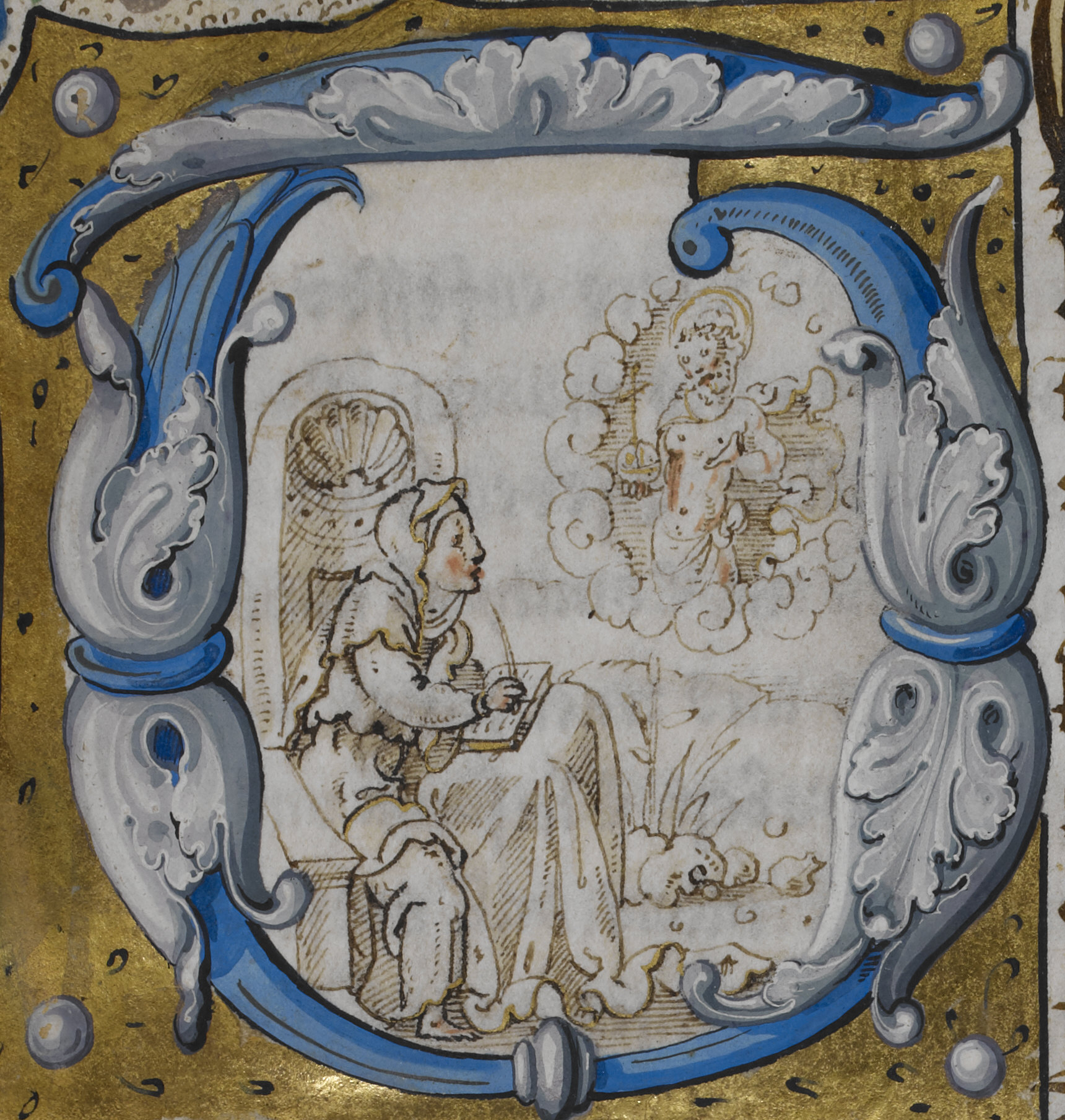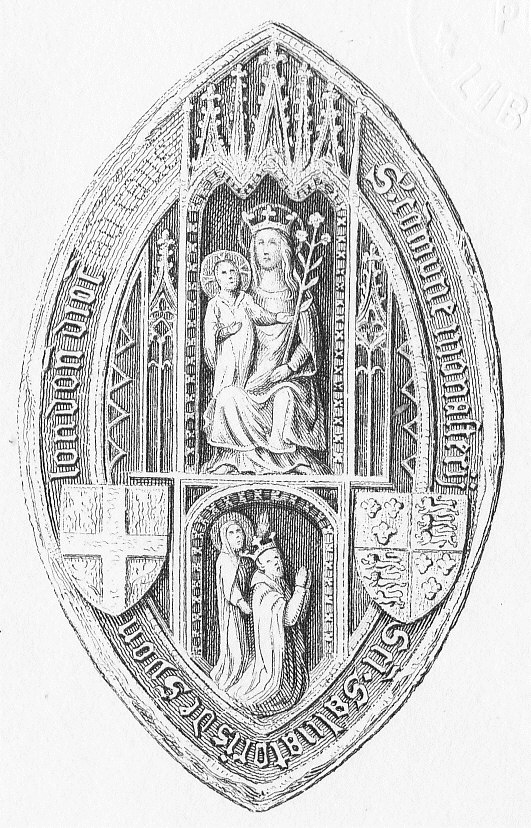Syon Abbey (Isleworth, London, England)
Enlarge text Shrink text- Ellis, R. Viderunt eam filie Syon, 1984:cover (Syon Abbey) p. 1 (f. in the 15th cent.; still in existence, with several changes of location since the Reformation; in title of work cited: the Brigittine Monastery of Syon (Middlesex))
- New Cath. enc.(Syon, Abbey of; at Isleworth, Middlesex; community of nuns is now at Marley, Devon)
Syon Abbey , also called simply Syon, was a dual monastery of men and women of the Bridgettine Order, although it only ever had abbesses during its existence. It was founded in 1415 and stood, until its demolition in the 16th century, on the left (northern) bank of the River Thames within the parish of Isleworth, in the county of Middlesex, on or near the site of the present Georgian mansion of Syon House, today in the London Borough of Hounslow. It was named after the biblical holy "City of David which is Zion" (1 Kings 8:1), built on the eponymous Mount Zion (or Sion, Syon, etc.). At the time of the dissolution, the abbey was the wealthiest religious house in England. Syon Abbey maintained a substantial library, with a collection for the monks and another for the nuns. When Catherine of Siena's Dialogue of Divine Revelation was translated into English for the abbey, it was given a new title, The Orchard of Syon, and included a separate prologue written to the nuns.
Read more on Wikipedia >
 Corporate Body
Corporate Body







